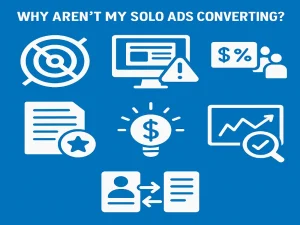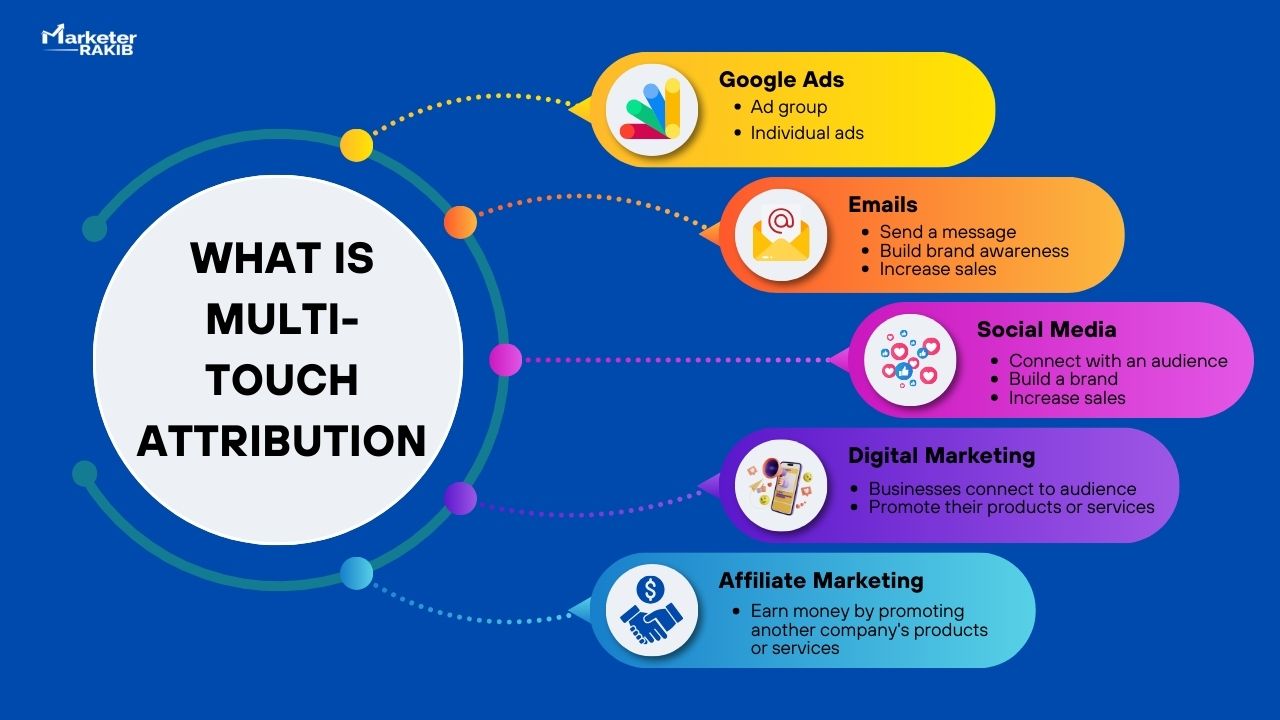
Let’s assume that you’re running a business and you’ve spent money on ads, emails, and social media campaigns. Sales are coming in, but you’re stuck wondering, “Which one really worked?” That’s a big question for any marketer or business owner.
Now, let me ask you—What is Multi-Touch Attribution? It’s a smart way to track every step your customer takes before buying. Instead of guessing, you’ll know exactly which ad, email, or post made the biggest impact.
Curious to learn how it works? Continue reading this blog and see how Multi-Touch Attribution can help you make better marketing decisions.
Key Takeaways:
- Multi-Touch Attribution tracks every step a customer takes before buying.
- It shows which ads, emails, or campaigns work best.
- Different models, like Linear or AI-based, split credit in unique ways.
- Using tools like Google Analytics 4 makes MTA easier.
- MTA helps you save money and get better results from marketing.
- AI and first-party data will make MTA even smarter in the future.
What is Multi-Touch Attribution?
Multi-touch attribution gives credit to all the steps a customer takes before buying something.
For example, imagine you’re selling shoes:
- A customer sees your Facebook ad.
- Later, they search for your brand on Google.
- Then, they click your email and finally buy the shoes.
MTA doesn’t just credit the last step (email). It spreads the credit across Facebook, Google, and email because all of them helped.
Why Attribution Matters in Digital Marketing
Marketing isn’t cheap. You want to spend money on what works. MTA helps businesses:
Single-Touch vs. Multi-Touch Attribution
Model | How it Works | Good For |
|---|---|---|
First-Touch | Gives 100% credit to the first interaction. | Brand awareness campaigns. |
Last-Touch | Credits the final interaction before purchase. | Direct-response marketing. |
Multi-Touch | Direct-response marketing. | Full customer journey insights. |
Real-Life Example of How Effective This Multi-Touch Attribution is
Let me share a real-life example to show how powerful Multi-Touch Attribution (MTA) can be.
A footwear and clothing brand wanted to know which marketing efforts actually worked. They used Multi-Touch Attribution to track how every ad and campaign influenced their sales.
The results were amazing. They found out their media activities brought in $12.9 million in extra sales. Without MTA, they wouldn’t have known this.
Not only that, they saved a lot of time. Before MTA, it took over six months to get insights. With MTA, they started seeing results every month.
This shows how MTA helps brands make smart decisions and grow faster.
Types of Multi-Touch Attribution Models
There are different ways to split the credit between touchpoints. These are the main models:
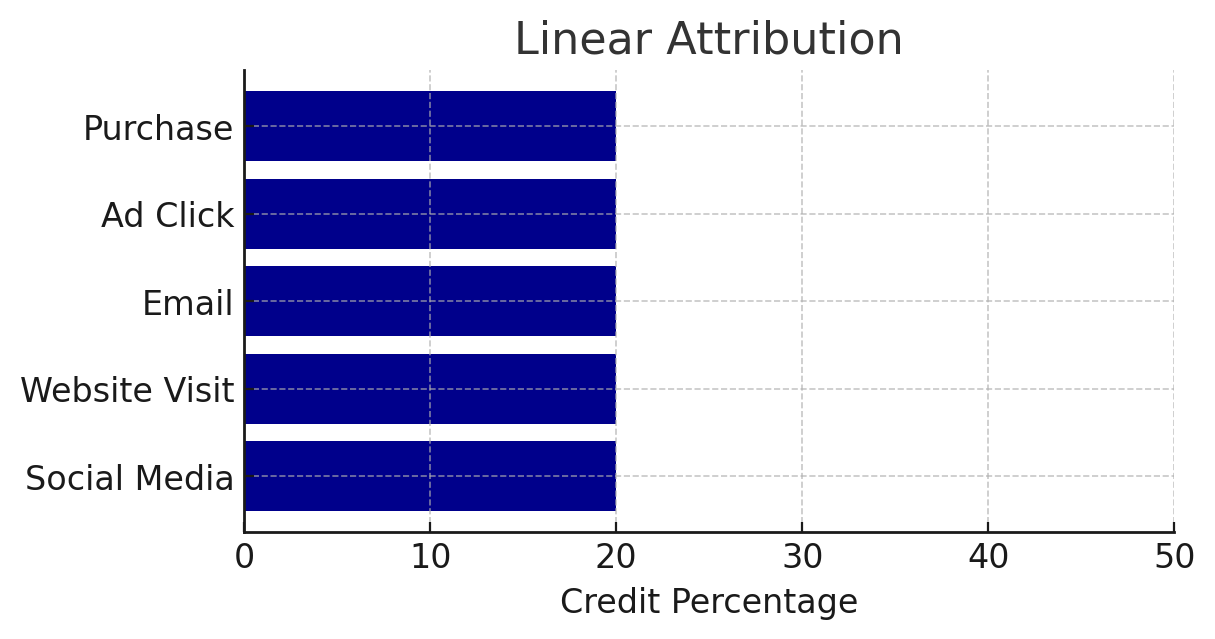
Linear Attribution: Splits credit equally across all touchpoints. It’s simple and easy to use. But sometimes, it oversimplifies things by treating all steps the same.
Best for simple campaigns with many touchpoints.
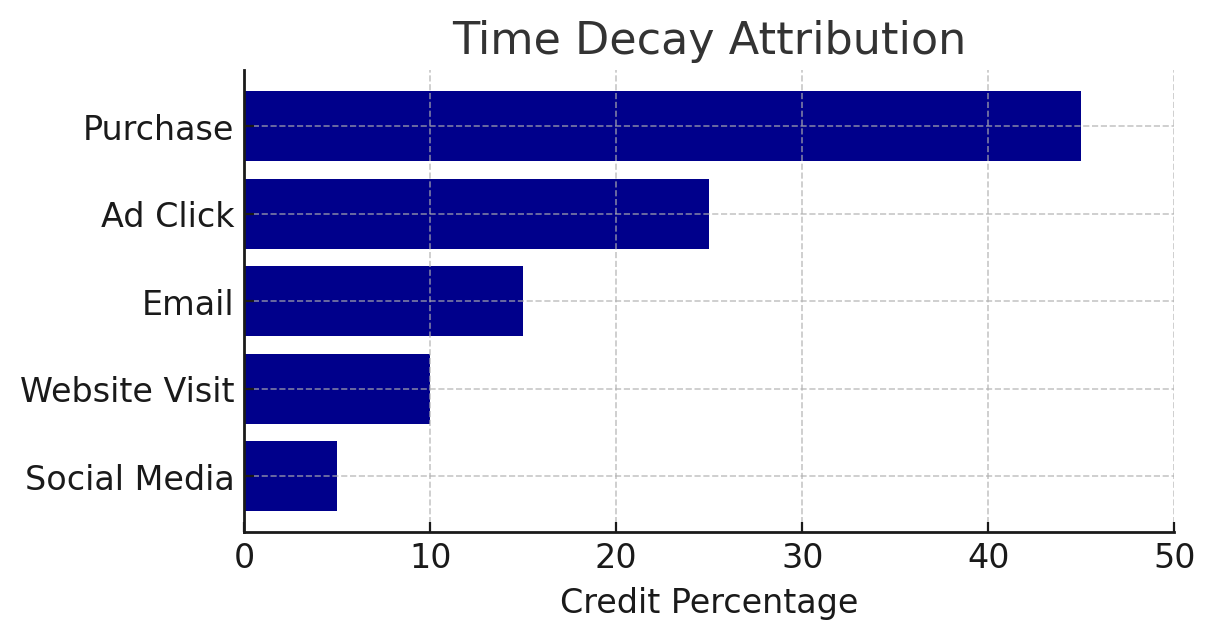
Time Decay Attribution: This gives more credit to the recent touchpoints. It focuses on what actually closes the deal. However, it might ignore the earlier steps that started the journey.
Best for long sales cycles.
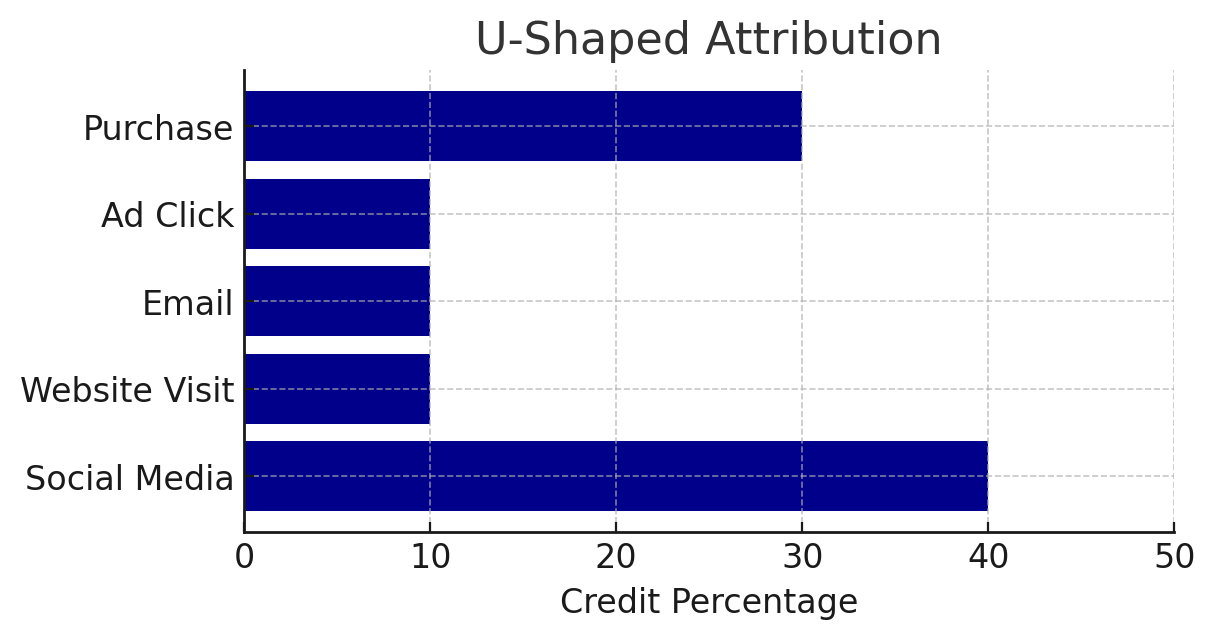
U-Shaped Attribution: Focuses on the first and last touchpoints. But it often misses the mid-steps that may also matter.
Best for lead generation.
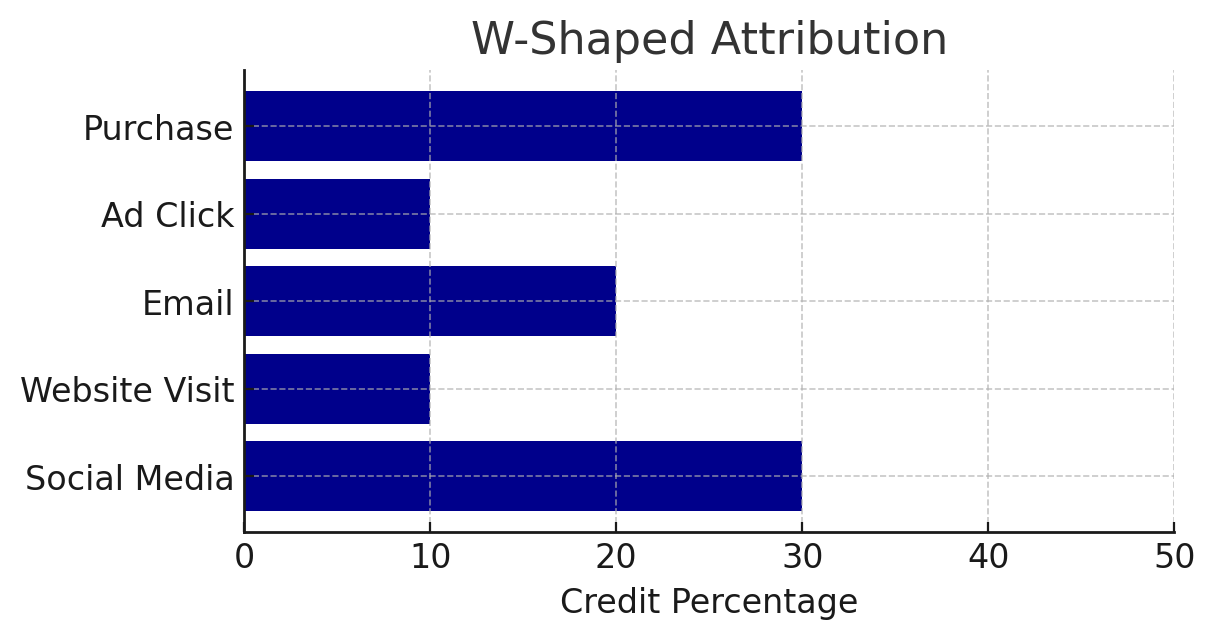
W-Shaped Attribution: Highlights the first, middle, and last touchpoints.
Best for B2B marketing.
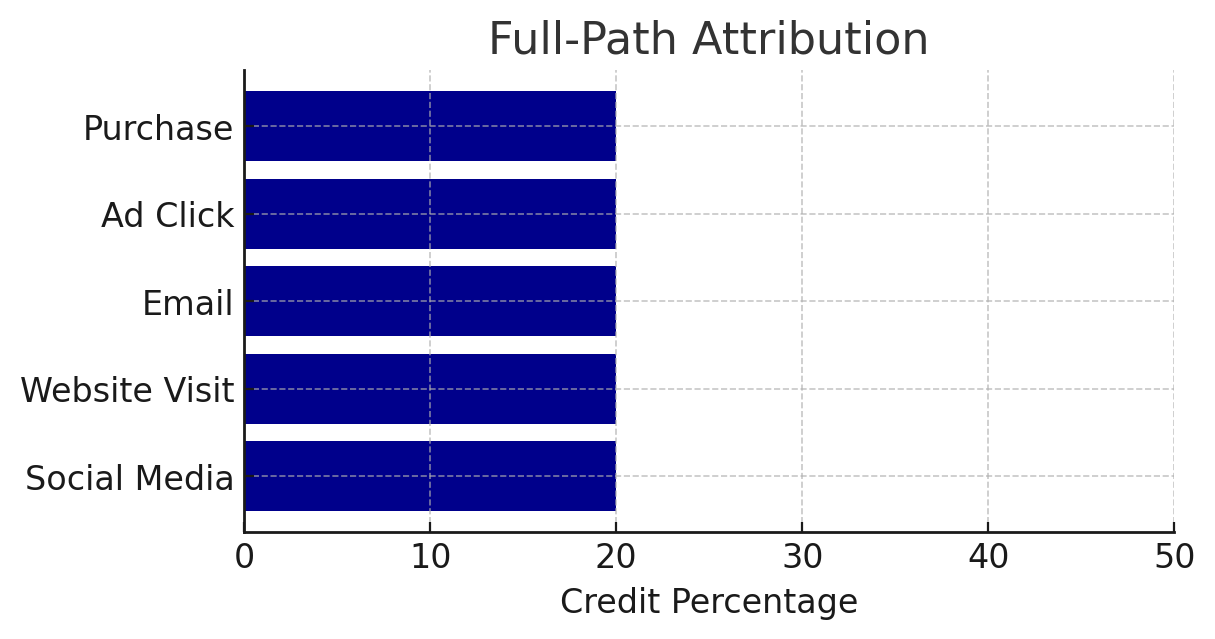
Full-Path Attribution: This model gives credit to all touchpoints but assigns different weights based on their importance (like first touch, last touch, or milestones in between).
Example: A display ad might get 10%, a follow-up email 30%, and a final click 60%, depending on their influence.
Best for Complex journeys.
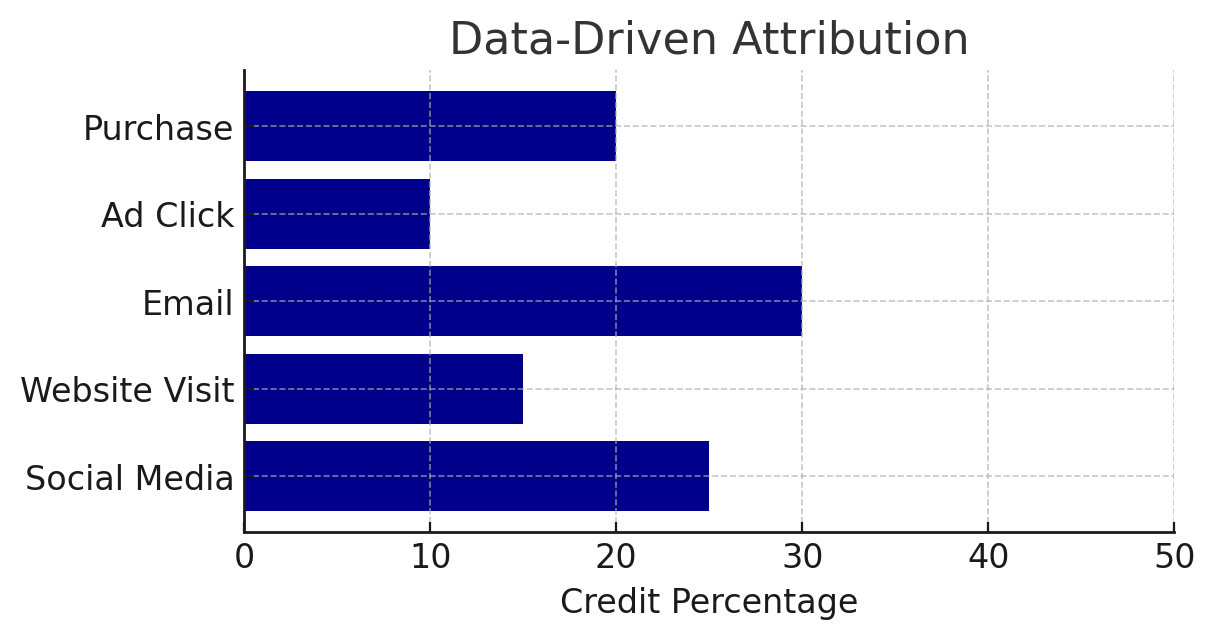
Data-Driven Attribution: Uses AI to decide how much credit each step gets. It’s very accurate and adapts well. But it can be tricky to use and more expensive.
Best for advanced analytics.
How to Set Up Multi-Touch Attribution
To use MTA, you need data from different tools and platforms.
Where to Get the Data
- ClickMagick: Tracks clicks and sales from different ads and links.
- HubSpot Marketing Hub: Gathers data from emails, social media, and websites to show how customers interact.
- Adobe Analytics: Gives deep insights into customer actions on websites and apps.
- Hyros: Uses smart technology to track ads and customer actions across different platforms.
- Triple Whale: Tracks ads and online store sales to help e-commerce businesses spend their marketing money wisely.
You can check out this insightful blog to learn all about the best Multi-Touch Attribution Tools for 2025
How to Collect and Track Data
Here’s a simple breakdown:
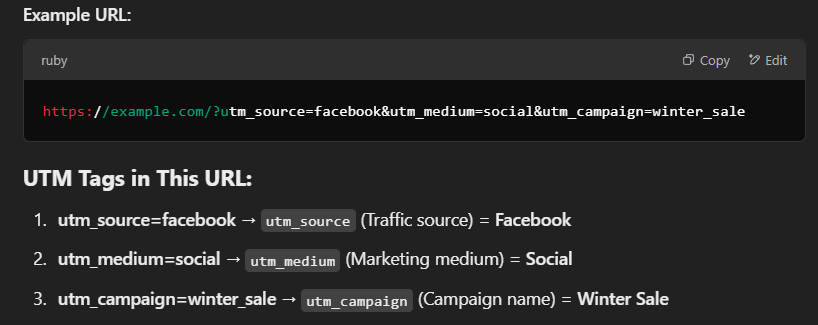
- Use UTM Tags: UTM tags are special links that you add to your ads, emails, or social media posts. They help you see exactly where visitors come from, like which ad or campaign worked best. This is super important for knowing what’s driving people to your site.
- Use Cross-Channel Data: Link Google Analytics, CRM tools, and ad platforms to get a complete view of customer touchpoints.
- Analyze Data: Use your MTA tool to analyze the collected data. This helps you understand which channels contribute the most to conversions.
- Adjust Your Strategy: Based on insights from the data, adjust your marketing efforts. Allocate more budget to high-performing channels for better ROI.
Challenges of Multi-Touch Attribution
Even with MTA, tracking everything isn’t easy.
🚨 Common Challenges:
- Data Fragmentation – Not all platforms share data easily.
- Privacy Laws – GDPR & CCPA limit tracking cookies.
- Attribution Accuracy – Some conversions still go untracked.
Real-World Data & Statistics
Market Growth Projections: The global Multi-Touch Attribution (MTA) market is growing fast. It’s expected to reach USD 2.43 billion by 2025 and hit USD 4.61 billion by 2030. That's a growth rate of 13.64% each year.
Lead Conversion Rates by Industry
The below data is crucial for Multi-Touch Attribution (MTA) because it helps marketers understand how different touchpoints contribute to lead conversion across industries.
- Technology: Conversion rates are 7% to 15%. Campaigns like webinars and content marketing help.
- Healthcare: Conversion rates range from 5% to 12%. Personalized outreach builds trust.
- Financial Services: Rates are 8% to 18%, driven by email nurturing and webinars.
- E-commerce: Conversion rates are 10% to 20%. Product relevance and retargeting help.
- Education: Conversion rates are 3% to 10%, with good content and webinars.
- Real Estate: Rates are 5% to 12%. Personalized communication and follow-ups work best.
- Adoption Trends: More businesses are using MTA to improve marketing and increase customer conversion.
MTA helps marketers find the best touchpoints, leading to better campaigns and higher conversions.
Future of Multi-Touch Attribution
The future of MTA is all about AI and first-party data.
- AI tools will make MTA more accurate.
- Cookie deprecation means marketers need to collect customer data directly.
- First-party data will become the new standard.
Wrapping Up
So, coming to this point, I can assume that you now have a pretty good idea of the question, “What is Multi-touch Attribution?” By implementing MTA, you'll be able to see what's working and what's not in your marketing mix. This will help you optimize your campaigns and get the best results possible.
If you're looking for Affordable solo ads Services or wondering How much do Solo Ads cost, MTA can help you measure the ROI of those campaigns effectively.
Hope this helps! Let me know if you have any questions.
faqs
MTA tracks individual user journeys and digital touchpoints. MMM looks at overall data and broad marketing efforts over time.
Example: MTA might show that a customer clicked on an Instagram ad and then made a purchase through a website, while MMM would focus on how TV ads, online ads, and promotions over several months drove overall sales.
Tracking offline touchpoints is hard, but you can add offline data, like store visits after online ads, to improve MTA.



